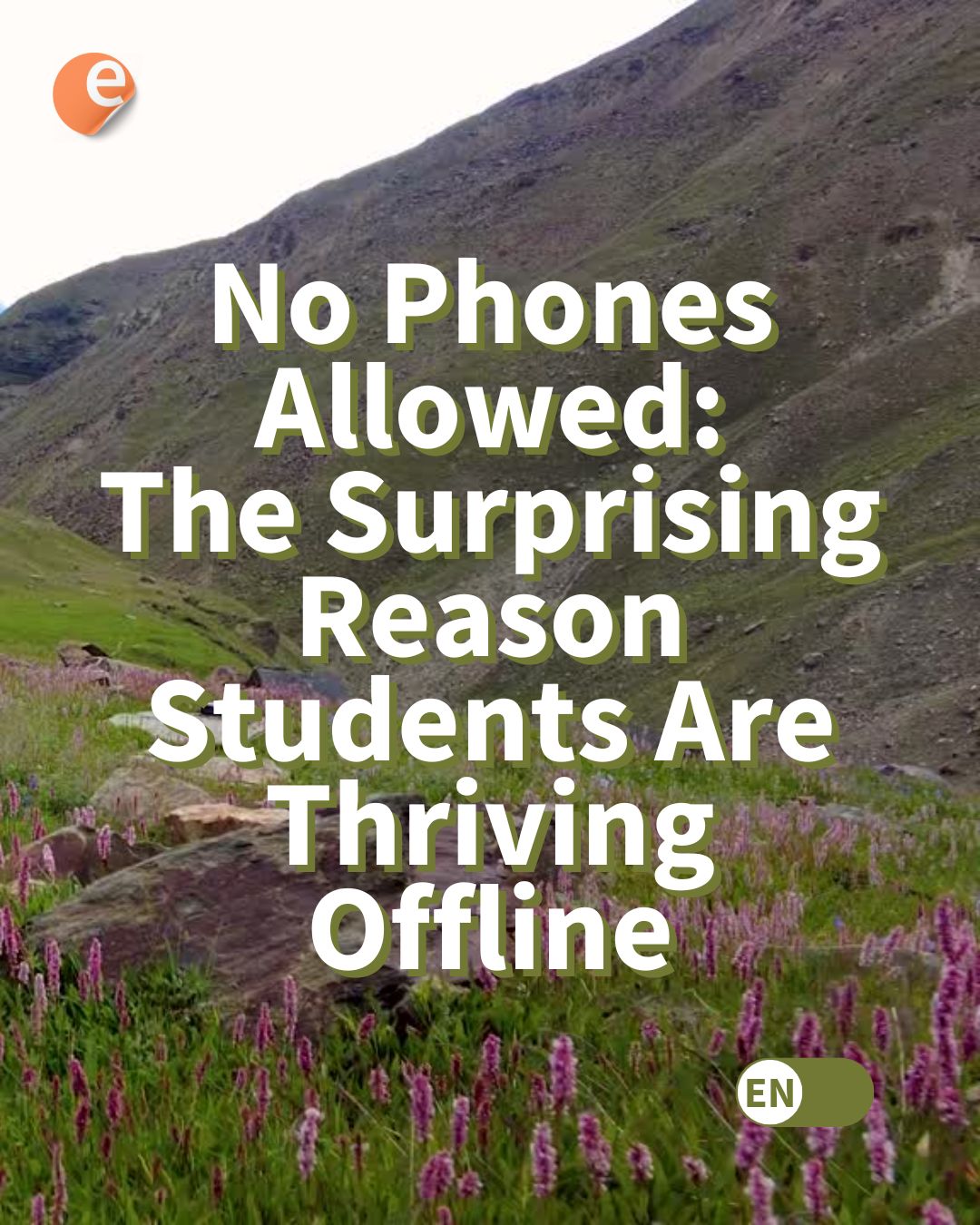Between 8 and 10 steps are included in an “Education Technology Value Chain” analysis by Glenn Pierce and Paul Cleary for K-12 outlet THE Journal. Separated between “Delivery”, “Implementation” and “Assessment & Feedback”, they intend to show the journey from 0 to profit in Ed Tech (education technologies).
A value chain is a business analysis technique to identify how each of an operation’s steps to create a product benefits its features, quality and general appeal. It was created by reputable business academic Michael Porter in 1985.
Each step an organization adds to a production process should add value. Given the evanescent meaning of value, the conversation turns from value to margin. In theory the activities involved in the delivery of a product should only exist as they make more buying customers or make them willing to pay more. However, the reality of an organization is often clouded, and for education it is a complete storming haze, let alone K-12.
The links enumerated by the article are:
- Systems & platform infrastructure
- Application management
- Network infrastructure
- Personal computing devices
- Assessment & procurement of Ed Tech
- Access by students and teachers
- System integration and innovation
- Assessment of learning, initiatives and reform
The authors have taken more of a “prospective” approach, and not a faithful review of the existing landscape. They link components 1 through 4, conforming IT Infrastructure, as related to the cloud. While it is true that a majority of players large and small believe cloud is the future of learning platforms, in K-12 today it is not the common reality. They admit that internet access, a basic requirement for access to the cloud, has “varying degrees of success to date”. A similar issue faces the use of web apps or services accessed through an internet browser.
Many more issues about trends in Ed Tech spending and power are discussed in the article. Perhaps its main accomplishment is to highlight the need for more thorough oversight on the purchasing decisions of K-12 districts, as compared with the constantly evolving Ed Tech portfolio. Granularity will allow better intelligence, which will translate to better products, while addressing security concerns adequately.
Which Ed Tech links would you add to this proposal? Let us know in the comments below.
 This Moodle Practice related post is made possible by: MoodleRooms the open source learning experience by Blackboard. Rediscover Moodle. Click here to learn more.
This Moodle Practice related post is made possible by: MoodleRooms the open source learning experience by Blackboard. Rediscover Moodle. Click here to learn more.








One Response